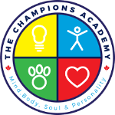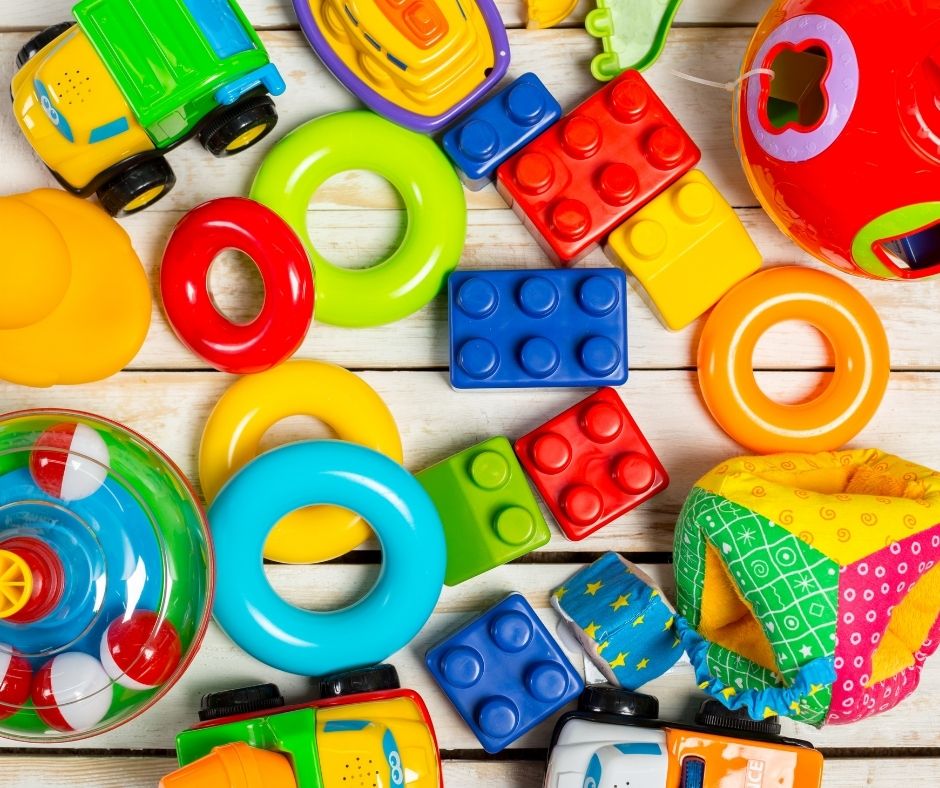Learning through play is an essential component of a child’s growth, according to multiple studies. Even during infancy, a youngster’s mind is expanding as they explore their surroundings and absorb what they see. A kid’s mind is developing just by looking at the world around them and absorbing it, even before birth.
Benefits of Educational Toys
The benefits of educational toys extend beyond the development of motor skills. Educational toys may help children learn how to solve problems, understand conflict resolution, and how cause and effect operate. It also teaches children about sharing, develops fine and gross motor skills, and encourages creativity and imagination.
Educational toys bring out the best in a child by helping them learn while they play. Kids can also develop their social skills, such as sharing and taking turns with educational toys because it allows children to interact with one another while playing together. Most importantly, educational toys improve hand-eye coordination which is necessary for most things later on in life.
Infants can begin playing with educational toys as early as one month old. Here are some fantastic educational toys suggestions depending on the age range and their advantages.
1-12 months old:
Sensory play at an early age will activate your child’s senses. Families may begin to introduce toys that encourage more interaction as their child grows and matures hand-eye coordination. As your child gets older, we suggest using problem-solving toys. These toys will help children solve problems and grasp cause and effect, such as “If I do this, this will happen.” They’ll also gain confidence after learning how a toy works through trial and error and assistance. Toys that encourage activity are also wonderful to start with.
Your baby’s first year is precious, and you want to make sure they have the best of everything. Here are some great gifts for your infant’s first year:
- Mobiles
- Soothers
- Small portable toys with lights and sounds
- Stackers or blocks
- Crawl around learning centres
- Light up dance mats with sound
12-24 months old:
As your child approaches one year of age or more, he or she will begin to grow more mobile. Introduce the right toys to your youngster as soon as they are able so that they can learn balance and coordination and become increasingly interested in their newfound mobility. You may also use counting their footsteps to teach them numbers while they’re learning how to walk!
Themed playsets are excellent educational toys for youngsters between the ages of 12 and 24 months because they will aid in the development of recognition skills. For example, if you have a theme playset that focuses on animals, practice making each animal’s sound. This will also assist with language acquisition by reinforcing colors and shapes names.
Between the ages of one and two, you can use the following toys to assist your youngster in reaching new milestones:
- Push cars
- Stride and ride toys
- Walkers
- Themed toys
- Themed books
2+ years:
You may also begin to introduce toys that encourage more physical play when your children are a little older and more active. Always make sure they’re aware of safety issues, such as wearing a helmet, while instructing them on how to use specific toys, such as a tricycle.
This is also an excellent age to start introducing toys that encourage cognitive development. There are several toys on the market that may help kids practice writing, such as drawing or writing their names, and there are plenty more on the way. Name recognition and early reading skills can be enhanced through play. These toys will give your youngster a visual replica of what they’re hearing, as well as the other way around. For example, reading a book about a dog and seeing a picture of a dog will help your child link the sound of a dog to the appearance of a dog.
The following are some examples of toys that may be used to encourage both physical and mental play:
- Tricycles
- Basketball hoops
- T-ball stands
- Bowling sets
- Kinetic sand
- Drawing easel
- “See and Say” games or books
- Magnetic building blocks
- Counting toys
It’s possible to have fun and teach your child something at the same time. What toys do your children like that help them learn and grow?

